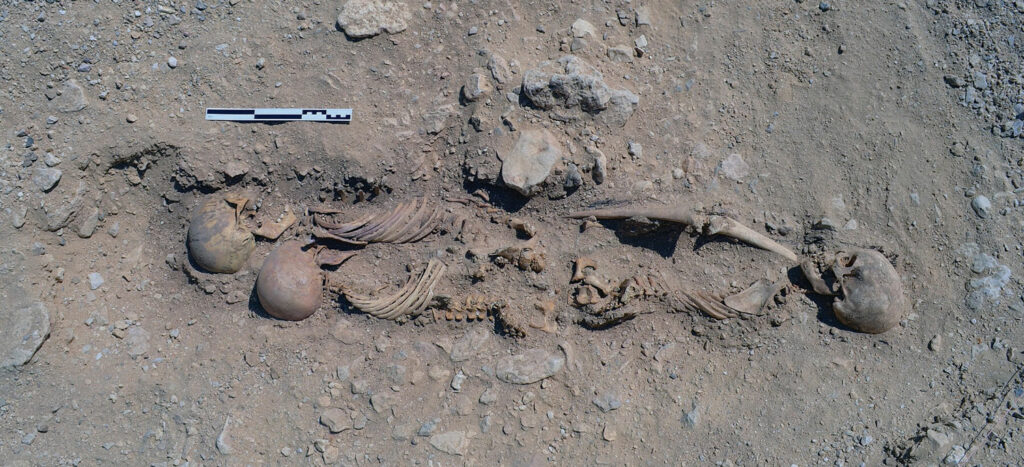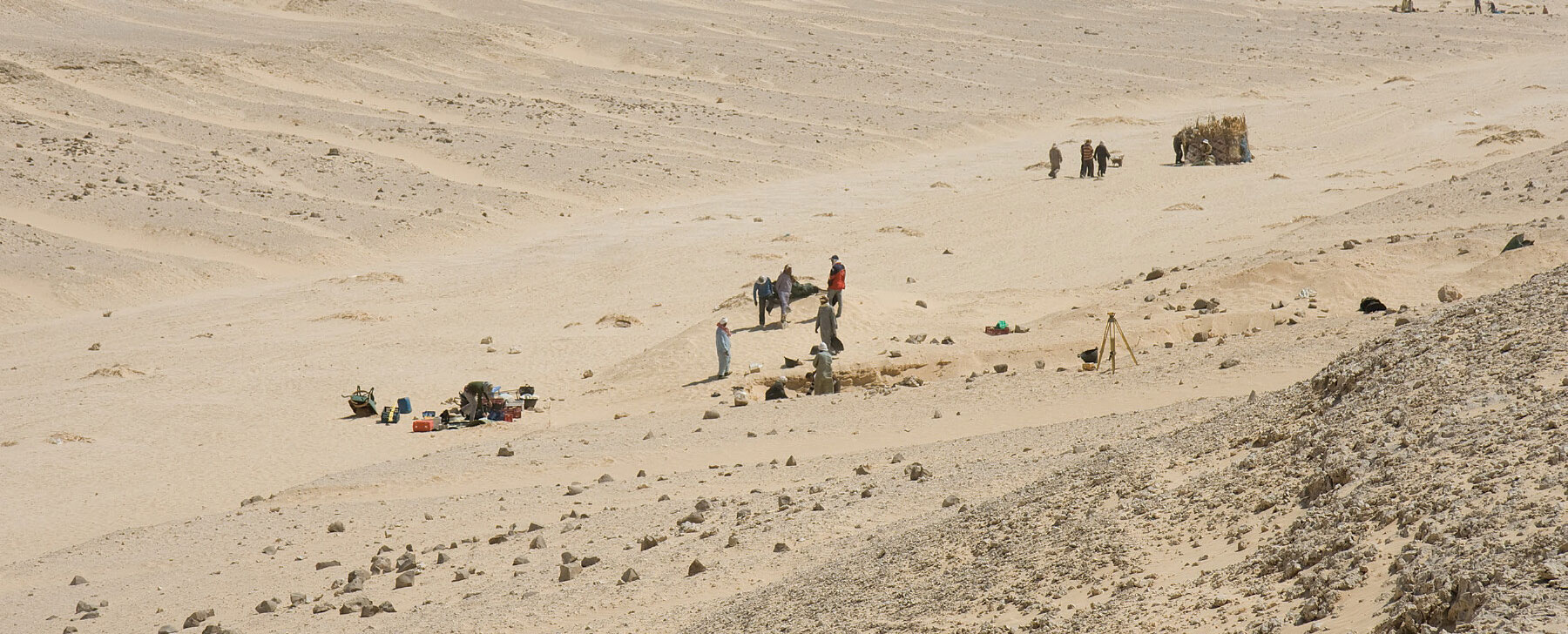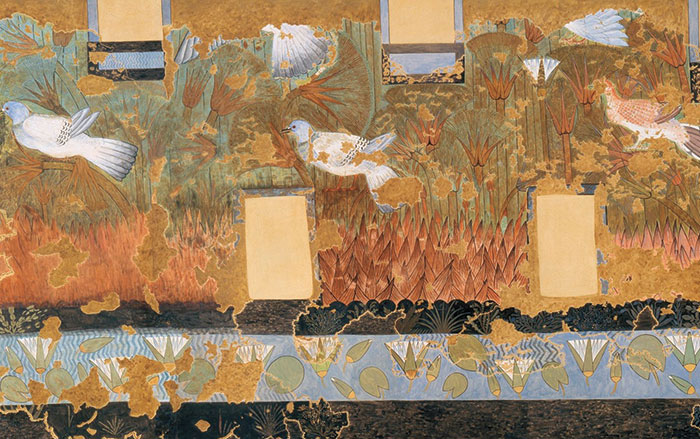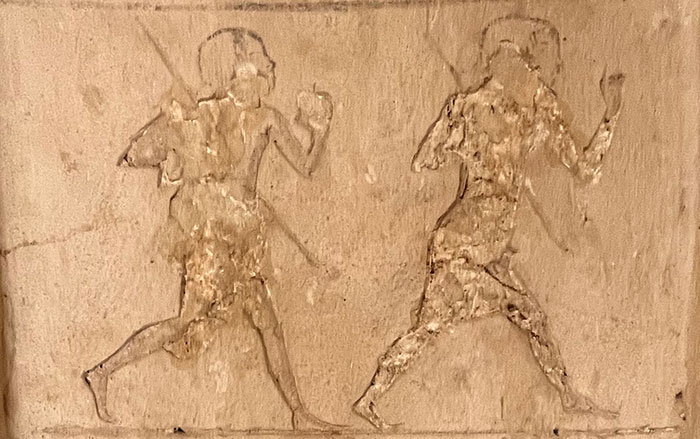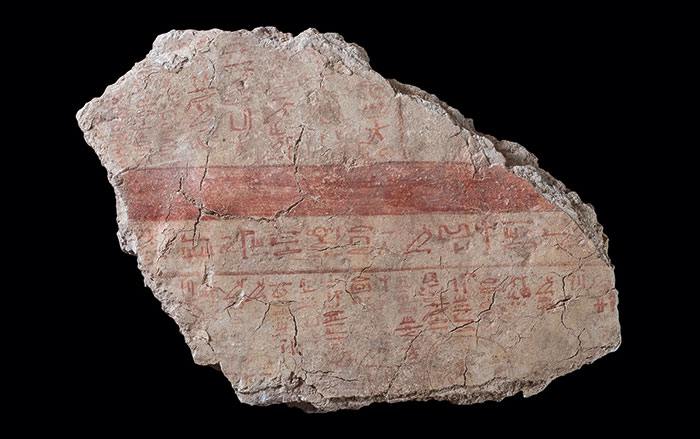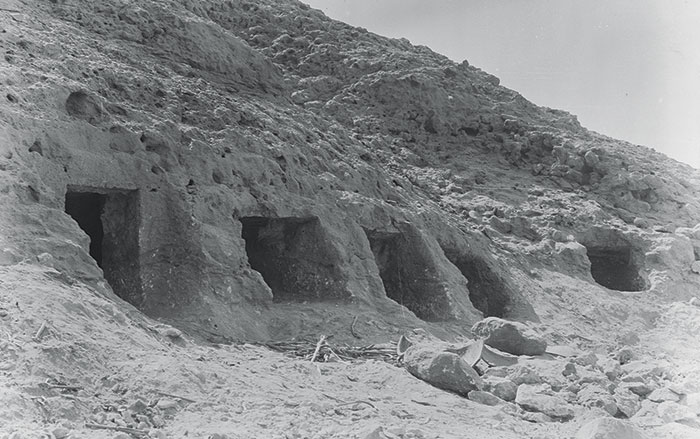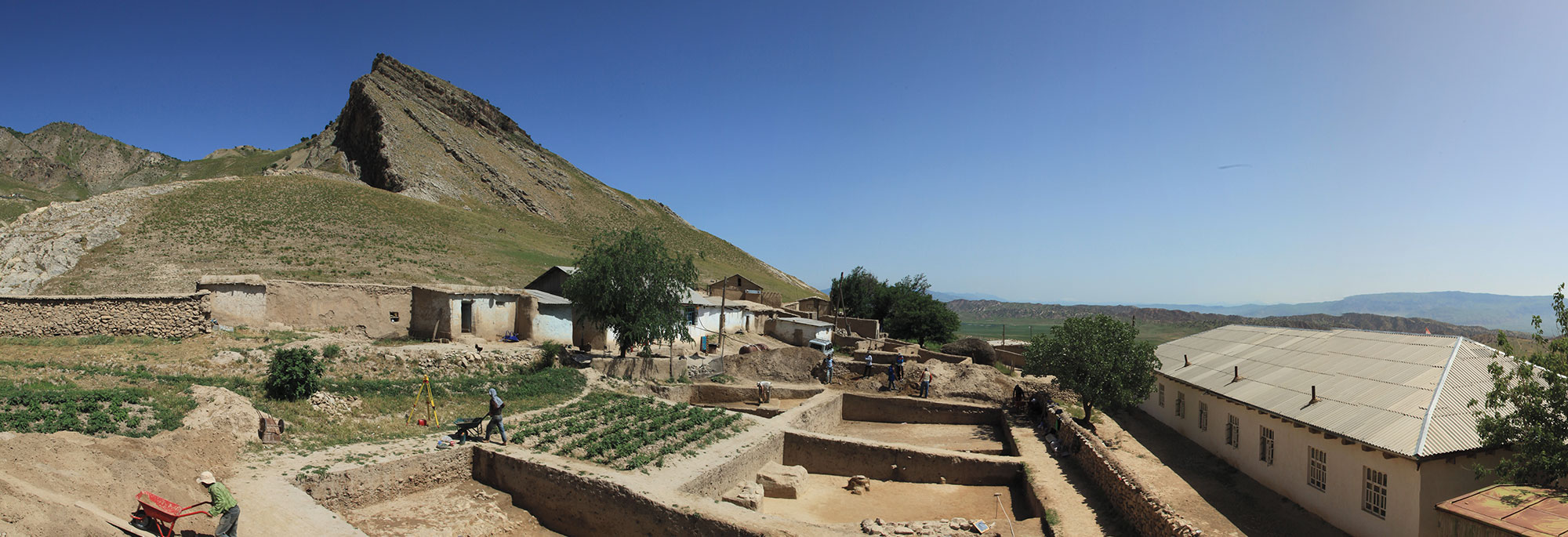CARBONDALE, ILLINOIS—Phys.org reports that Gretchen R. Dabbs of Southern Illinois University and Anna Stevens of Monash University reviewed the archaeological and bioarchaeological evidence for plague in Akhetaten, the capital city built by the Egyptian pharaoh Akhenaten in 1346 B.C. Textual evidence—such as Hittite plague prayers and a cache of letters discovered in the city that record disease in the area—suggests that plague led to the abandonment of the city, now known as Amarna, shortly after Akhenaten’s death in 1332 B.C. “Recent work in archaeology and bioarchaeology has created a sort of scaffold of expectations for a city affected by an epidemic through the study of cities and cemeteries where epidemic disease were historically recorded,” Dabbs said. But the researchers determined that what happened in Amarna does not fit the expected models for a city devastated by illness. Skeletal remains bear the marks of heavy labor and malnutrition, but visible signs of disease on the bones are rare. In addition, most of the individuals in the study had been buried in an orderly fashion with grave goods. And although there were many multiple burials, these usually contained the remains of women and children and did not appear to be the result of crisis management. The number of burials also aligned with the expected number of deaths for the size of the population. Dabbs and Stevens concluded that the abandonment of Akhetaten appears to have occurred in an orderly way, with some people remaining even after the death of the pharaoh. Read the original scholarly article about this research in the American Journal of Archaeology. For more on Akhetaten, go to "Rediscovering Egypt's Golden Dynasty: The Divine King and His Queen."
